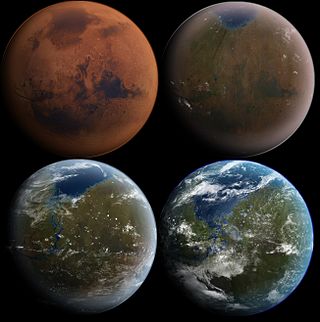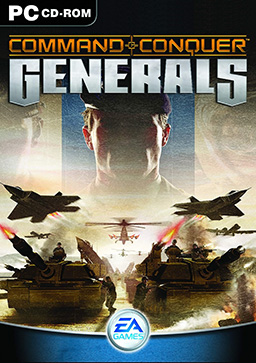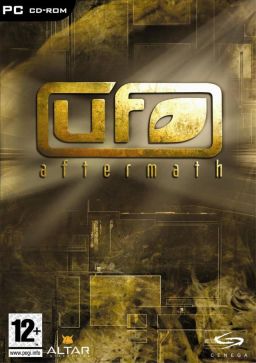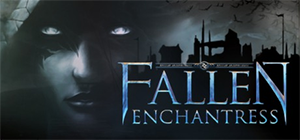
Sid Meier's Alpha Centauri is a 4X video game, considered a spiritual sequel to the Civilization series. Set in a science fiction depiction of the 22nd century, the game begins as seven competing ideological factions land on the planet Chiron ("Planet") in the Alpha Centauri star system. As the game progresses, Planet's growing sentience becomes a formidable obstacle to the human colonists.

Terraforming or terraformation ("Earth-shaping") is the hypothetical process of deliberately modifying the atmosphere, temperature, surface topography or ecology of a planet, moon, or other body to be similar to the environment of Earth to make it habitable for humans to live on.
VOR: The Maelstrom is a science fiction miniature wargame, set in the 22nd century. It was published by FASA in 1999, but was discontinued following FASA's cessation of activities in 2001. The rules are written for 28mm skirmish games and include both set forces and rules for creating custom forces.

SimEarth: The Living Planet is a life simulation game, the second designed by Will Wright, published in 1990 by Maxis. In SimEarth, the player controls the development of a planet. English scientist James Lovelock served as an advisor and his Gaia hypothesis of planet evolution was incorporated into the game. Versions were made for the Macintosh, Atari ST, Amiga, IBM PC, Super Nintendo Entertainment System, Sega CD, and TurboGrafx-16. It was re-released for the Wii Virtual Console. In 1996, several of Maxis' simulation games were re-released under the Maxis Collector Series with greater compatibility with Windows 95 and differing box art, including the addition of Classics beneath the title. SimEarth was re-released in 1997 under the Classics label.

Earth 2150: The Moon Project is a sequel to the real time strategy game Earth 2150. While the game is in fact a stand-alone game, many consider it an expansion pack because it does little more than provide new missions, and weapons. The story takes place alongside the original game's story. The Moon Project was released in 2000 by Strategic Simulations, Inc.

Earth 2140 is a 2D real-time strategy computer game created in 1997 by Polish-based Reality Pump Studios and published by TopWare Interactive. It has two sequels, Earth 2150 and Earth 2160.

Command & Conquer: Generals is a real-time strategy video game and the seventh installment in the Command & Conquer series. It was released for Microsoft Windows and Mac OS X in 2003 and 2004. The Windows version of Generals was developed by EA Pacific and published by EA Games, the Mac OS X version was developed by i5works and published by Aspyr Media. The Mac OS X version was released by Aspyr on April 12, 2004. In the game, the player can choose from three different factions: the United States, China and the Global Liberation Army (GLA).

Earth 2160 is a real-time strategy video game, developed by Reality Pump Studios. A third entry in the Earth series, it is a direct sequel to Earth 2150. The release of the game was staggered, originally published in Russia, Germany, and Poland in June 2005, then released in the rest of Europe in September with North America receiving the latest release of the game November. It was also released on Valve's Steam platform in April 2006, and later from Good Old Games in 2009. The game continues the dystopic themes of the previous Earth games, and is set in numerous locales throughout the Solar System.

Outpost 2: Divided Destiny is a real-time strategy computer game developed by Dynamix, released in 1997 by Sierra Entertainment. It reuses and refines some of the concepts from the original Outpost, but there is no direct continuity between the storylines or the gameplay.

The Lord of the Rings: The Battle for Middle-earth II is a 2006 real-time strategy video game developed and published by Electronic Arts. The second part of the Middle-earth strategy game series, it is based on the fantasy novels The Lord of the Rings and The Hobbit by J. R. R. Tolkien and its live-action film series adaptation. It is the sequel to Electronic Arts' 2004 title The Lord of the Rings: The Battle for Middle-earth. Along with the standard edition, a Collector's Edition of the game was released, containing bonus material and a documentary about the game's development.

Urban Assault is a 3D combined first-person shooter and real-time strategy computer game developed by the German company TerraTools and published by Microsoft in the year 1998.

UFO: Aftermath is a 2003 real-time tactics/turn-based strategy video game created by ALTAR Interactive. It is a homage to the X-COM game series, with roots in the unfinished game The Dreamland Chronicles: Freedom Ridge. It was followed by two sequels, UFO: Aftershock (2005) and UFO: Afterlight (2007).

The terraforming of Mars or the terraformation of Mars is a hypothetical procedure that would consist of a planetary engineering project or concurrent projects aspiring to transform Mars from a planet hostile to terrestrial life to one that could sustainably host humans and other lifeforms free of protection or mediation. The process would involve the modification of the planet's extant climate, atmosphere, and surface through a variety of resource-intensive initiatives, as well as the installation of a novel ecological system or systems.

Command & Conquer 3: Tiberium Wars is a 2007 science fiction real-time strategy video game developed and published by Electronic Arts for Windows, Mac OS X and Xbox 360 platforms, and released internationally in March 2007. The game is a direct sequel to the 1999 game Command & Conquer: Tiberian Sun, and takes place roughly seventeen years after the game's expansion pack Firestorm, in which Tiberium has grown to become a considerable threat to the planet, leading to the world's political borders and territories being remade into zones denoting the level of contamination by the alien substance. The game's story sees the Global Defense Initiative and the Brotherhood of Nod engage in a new global conflict, this time as major superpowers, only for the war to attract the attention of a new extraterrestrial faction known as the Scrin, which attacks both sides while harvesting Tiberium for its own purpose.

UFO: Afterlight is a 2007 real-time tactics/turn-based strategy video game and the third in Altar Games' UFO series. Like its predecessors UFO: Aftermath and UFO: Aftershock, it combines squad-level tactical combat with overlying strategic elements inspired by the 1994 classic X-COM: UFO Defense.
The Hai-Genti are a fictional alien species that appear in the game Maelstrom.
Astroecology concerns the interactions of biota with space environments. It studies resources for life on planets, asteroids and comets, around various stars, in galaxies, and in the universe. The results allow estimating the future prospects for life, from planetary to galactic and cosmological scales.

Elemental: Fallen Enchantress is a turn-based strategy video game developed and published by Stardock for Microsoft Windows in 2012. The game is set in a fantasy world where players take control of a sovereign, a powerful leader, tasked with rebuilding a shattered kingdom while navigating political intrigue, managing resources, and engaging in tactical battles.
Modular Assault Vehicle is a third-person shooter game created by American indie studio Bombdog studios as a spiritual successor to Chromehounds.
Submarine rescue is the process of locating a sunk submarine with survivors on board, and bringing the survivors to safety. This may be done by recovering the vessel to the surface first, or by transferring the trapped personnel to a rescue bell or deep-submergence rescue vehicle to bring them to the surface. Submarine rescue may be done at pressures between ambient at depth, and sea level atmospheric pressure, depending on the condition of the distressed vessel and the equipment used for the rescue. Self-rescue of submarine personnel by buoyant free ascent at ambient pressure is considered submarine escape. Survivors may require recompression treatment for decompression illness.












